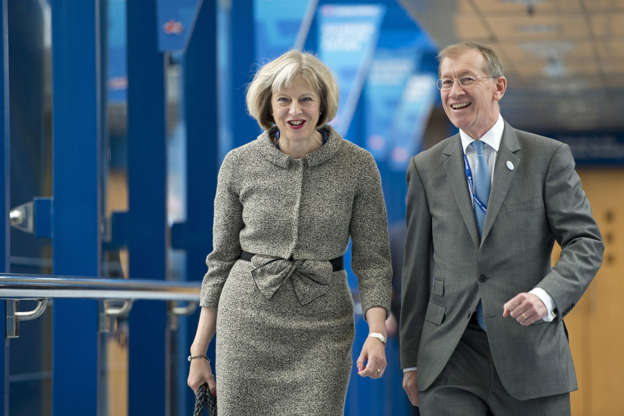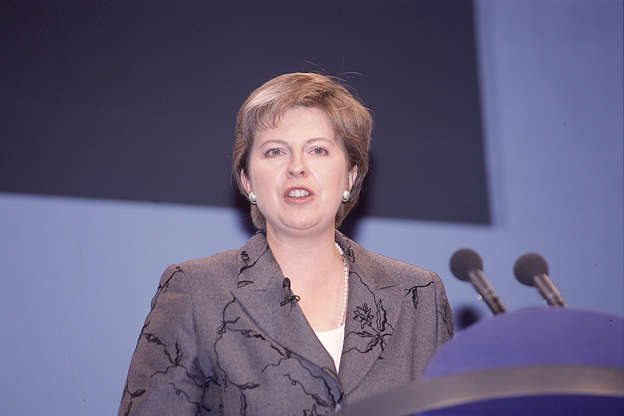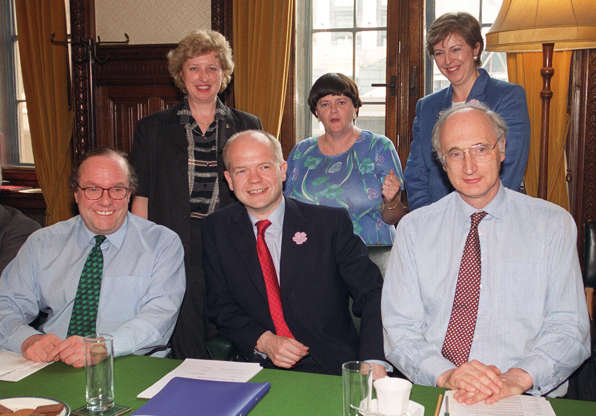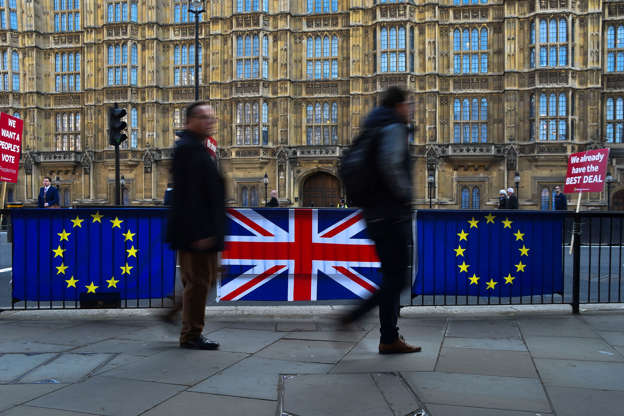Chernobyl New Safe Confinement
Chernobyl New Safe Confinement (NSC or New Shelter) is a structure built to contain the remains of the No. 4 reactor unit at the Chernobyl Nuclear Power Plant near Pripyat, Ukraine, destroyed during the Chernobyl disaster in 1986. The structure also encloses the temporary “sarcophagus” built around the reactor immediately after the disaster.


Chernobyl New Safe Confinement is designed for 100 years
As part of the Shelter Implementation Plan supported by the Chernobyl Shelter Fund, the NSC was designed with the primary goal of constructing a sarcophagus capable of containing the radioactive remains of Reactor 4 for the next 100 years. It also aims to allow for a future partial demolition of the original sarcophagus, which was hastily constructed by Chernobyl liquidators after a “beyond design-basis accident” destroyed the reactor on April 26, 1986.

The purpose of the new Chernobyl new safe confinement
The purpose of the new Chernobyl new safe confinement is the containment of radiation.The word confinement is used rather than the traditional containment to emphasize the difference between the “containment” of radioactive gases–the primary focus of most reactor containment buildings, and the “confinement” of solid radioactive waste that is the primary purpose of the New Safe Confinement (dome over chernobyl)

The NSC is designed and built by the French consortium Novarka with 50/50 partners Vinci Construction Grands Projets and Bouygues Travaux Publics.Having been moved into place, it is scheduled to be entirely completed in 2018. Chernobyl containment dome
This is how Chernobyl looked like before the construction of the Chernobyl new safe confinement

Chronology of the construction of the Chernobyl new safe confinement:
March 2004
An international tender for NSC design and construction was announced. Two bid candidates were identified, but in September 2006 the plant’s general director Ihor Hramotkyn announced his intent to annul all bids on the project.
17 September 2007
The project contract was finally signed, with French consortium Novarka (de) (consisting of Vinci Construction Grands Projets and Bouygues Construction as 50/50 partners) constructing the 190 by 200 meter arch structure. Construction costs were estimated as $1.4bn with a project time of five years. The constructing consortium itself reported slightly different numbers, mentioning a contract of €432 million, and dimensions of 150 metres length, 257 meters span and 105 meter height. The estimated time for completion was given as 53 months, including 18 months of planning and design studies, with a projected completion in mid-2012.
February 2010
The Director-General of the plant’s facility administration projected completion of the NSC in 2013; Novarka began construction in September 2010.
8 April 2011
Updates from the European Bank for Reconstruction and Development (EBRD) stated the NSC would be assembled by “summer 2015 and subsequently be slid over the present shelter”, with an updated cost of completion estimated at €1.54bn, and a funding shortfall of €600m.
April 2011
Some project milestones, including infrastructure and preparatory work such as the NSC pilings, were completed.
April 2012
Steel erection began.
26 November 2012
The first sections were raised.
May 2013
The metal arch structure of the eastern arch was near completion. The interior systems including duct work and dismantling cranes were under construction. The exterior paneling was also being added to the second section and was at 79% completion.
June 2013
The second lifting operation on the eastern arch was performed.
April 2014
The fully lifted eastern arch was moved 112 meters eastward on its rails to a parking position to clear the construction area for building the western arch.
Chernobyl dome construction


August 2014
The western arch completed the second of three “lifting” operations which raise the height of the arch.
November 2014
Successfully completed the 3rd ascent of the western part arches.
April 2015
The two arches were fused, and the west wall was under construction. Internal completion was ongoing.
April 2016
Construction of the arches completed.
What is the sarcophagus?
Following the explosion, a massive concrete ‘sarcophagus’ (cover) was constructed around the damaged no. 4 Reactor. This sarcophagus encases the damaged nuclear reactor and was designed to halt the release of further radiation into the atmosphere. The first task in containing the destroyed reactor was to build a ‘cooling slab’ under the reactor to prevent the still-hot reactor fuel from burning a hole in the base of thereactor. Coal miners were drafted in to dig this tunnel under the reactor and by 24 June four hundred coal miners had built the 168m long tunnel under the reactor.
By November 1986 the sarcophagus containing the reactor was completed using more than 7,000 tonnes of steel and 410,000m3 of concrete. 

Chernobyl sarcophagus today


The sarcophagus was designed with a lifetime of only 20 to 30 years in mind. The greatest problem is a lack of stability: it was hastily constructed, and corrosion of supporting beams threaten the integrity of the entire structure. Water is leaking through the sarcophagus via holes in its roof, becomes radioactively contaminated, then seeps through the floor of the reactor into the soil below.

Scientists predict that the next nuclear catastrophe in the scale of Chernobyl will be in Chernobyl itself, due to the fragile status of its protective shield.
There is no certainty as to how much fuel has been left inside the reactor but most estimates put it at more than 95 percent of its original contents. Also dumped inside the sarcophagus are thousand of cubic metres of nuclear waste created by fragments of the destroyed reactor building and contaminated soil that has also been dumped into the sarcophagus.

Chernobyl sarcophagus documentary
Chernobyl sarcophagus 2018
The dismantling of the light roof of the engine room in the interior of the New Chernobyl sarcophagus. The fulfillment of this task significantly increases the fire safety of the new safe confinement.The sites of the potentially combustible roof of the engine room, located in the area of the end walls of the arch in the axes 60-62 and 38-40, were dismantled as part of the NSC fencing circuit, which was completed by the end of 2017.

Сhernobyl sarcophagus google maps
Сhernobyl sarcophagus interior
Сhernobyl sarcophagus today 
Chernobyl sarcophagus cost
Everything about the project is epic: the size, the 1.5bn euro (£1.2bn) cost, the technical problems of working on a radioactive building site. 
At 110m (360ft) tall, the structure could house the Statue of Liberty, and at 257m (843ft) wide, there would be room for a football pitch. There are acres of metal panels in the roof, to seal off the reactor and the dangerous mess inside. The whole lot will be held together by 680,000 heavy bolts.
Under the Chernobyl sarcophagus. Photo-facts Chernobyl – what is inside the Sarcophagus
Who would not have visited the Chernobyl exclusion zone, everyone was always interested in the question, what is inside the sarcophagus at the site of the former reactor and machine halls of the fourth power unit of the nuclear power plant? What secrets are hidden by thick walls of solid concrete, what do the premises of the former power unit look like left forever?
In the photo you can see the sub-reactor spaces inside the Sarcophagus. It’s very dangerous and difficult to work here. Blockages of the 4th block, very high background radiation. But workers, at risk of health continue to work in Chernobyl:

Inside the Chernobyl dome, work continues
31 years after the terrible accident at the Chernobyl nuclear power plant, work on the liquidation and cleaning of the station continues inside the Sarcophagus. Are carried out repairs, decontamination measures. Since almost 80% of the fuel remains inside, the ChNPP remains dangerous to the environment.

Who works inside the Sarcophagus of the Chernobyl nuclear power plant
As it may sound terrible, but already in the post-accident period inside the Sarcophagus, in these terrible, dark and dilapidated halls people worked. Same as we are with you, although sometimes they were called biorobots. They were mostly volunteer specialists who examined all the sub-reactor facilities, studied where all the radioactive substances from the reactor shaft had gone and in general they tried to understand what actually happened at the Chernobyl nuclear power plant.

Photos from Sarcophagus cost health
Sometimes, very rarely, together with these people, Sarcophagus managed to penetrate the photographers. We must understand the whole heroism of such an act – after all, for several shots of semi-dark rooms, the photographer received a dose comparable to that which an ordinary person types from background radiation for 10 years. This is very much. Then these images flew around the world, the photographer was awarded with prestigious international awards, but it was all later – and in the beginning there were huge dark empty spaces, concrete disintegrations, rusty armature, fear and uncertainty. And radiation.

How to protect yourself from radiation inside the Sarcophagus:
For the trip to Sarcophagus the whole group dressed in special costumes from cellophane – they did not protect the radiation from radiation, but they prevented contact with the body of radioactive dust – it is the most dangerous in such places, since it can get inside the body and “shine” there for many years , causing health problems.





What is the Sarcophagus – a few facts:
Shelter is an insulating structure above the fourth power unit of the Chernobyl nuclear power plant, built by November 1986 after the explosion of the 4th reactor. 400 thousand cubic meters of concrete mix and 7000 tons of metal structures were used for the construction of the Shelter. It was built in the shortest time – 206 days. In the construction of the Shelter, 90 thousand people were involved, the head of the installation works on the Shelter – VI Rudakov. Later, the building was given the unofficial name of Sarcophagus.
During construction, the service life of the structure was predicted to be 20-40 years. After the construction, the sarcophagus was strengthened. Today, experts are confident that the sarcophagus, with due care, will last for more than a decade.

But what is concealed inside of itself the Sarofagh ChNPP
There are many rooms and rooms under the Chernobyl sarcophagus. Some of them were created after the accident to service the sarcophagus and conduct all sorts of measurements and research – as a rule, they are separated from the destroyed reactor hall by thick concrete walls, through which radiation does not penetrate. The other part of the rooms is the former premises of the Fourth Power Unit. Some of them managed to penetrate only in the early nineties, I met descriptions of these premises – “sagging overlaps, traces of soot on the walls, furniture moved from the explosion, a thick layer of dust on all objects, radiation background of about 2 X-rays per hour.” And in the third room (especially in those rooms that are under the reactor hall) it has not been possible to get until now, what is happening there now – nobody knows.

Reactor hall of the Chornobyl NPP:
And the reactor hall looks something like this. In the photo there is a concrete cover of the reactor, which was thrown in by an explosion in 1986, and it has already fallen back in this position. Tubes protruding from the lid are the so-called fuel assemblies, and the cone-shaped elements from above are sensor-monitors for monitoring radiation levels.

Dosimetrists under the sarcophagus of the Chernobyl nuclear power plant:
Dosimetrist Alexander Kupnyi and his colleagues repeatedly descended under the rubble of the fourth power unit of the Chernobyl NPP. The radiation levels there are large. Necessarily put on protective suits and masks. It is not in the sarcophagus for a long time. This can be very harmful to health. But to check the status of the Shelter in any case you need.


Fuel masses under the sarcophagus ChNPP
After the accident under the Shelter, about 80% of the fuel mass remains, which have a high radioactive background. In 1986, all this was poured with concrete and lead. So all and remains till our days.


(Almost all photos belong to Alexander Kupnyi)

















































